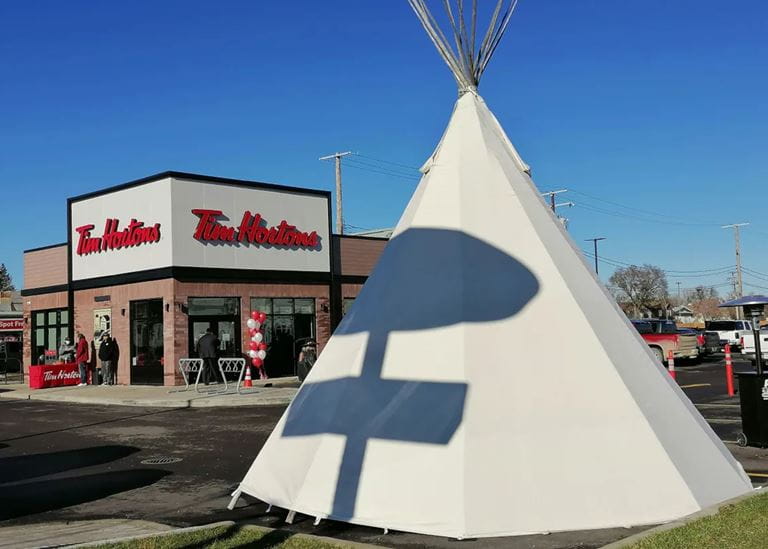The creation of urban reserves generates economic opportunity in Saskatchewan.
With the support of the Government of Saskatchewan through the Ministry of Government Relations, the creation of urban reserves results from municipalities and First Nations working together to support shared goals of development and economic growth.
"Supporting a creation of a new urban reserve is a sign of strength for our province," Minister Responsible for First Nations, Métis and Northern Affairs Don McMorris said. "Saskatchewan's 65 urban reserves provide a platform for First Nation communities to meaningfully engage in the economy through initiatives that fuel economic growth and make urban reserve projects beneficial for all partners."

An urban reserve is created when a First Nation purchases an approved piece of land, with a Treaty Land Entitlement (TLE) or Specific Claims Agreement or through the Additions to Reserve process, in or near an urban centre. TLE agreements ensure First Nations receive the reserve land they were promised by the federal government when Treaties were signed in Saskatchewan between 1871 and 1907. Visit Treaty Land and Entitlements for more information.
Urban reserve projects increase employment opportunities and economic benefits for both the urban centre and the First Nation. An excellent example of this in action is Muskeg Lake Cree Nation's urban reserve in Saskatoon, home to dozens of commercial and industrial developments including Saskatchewan Indian Gaming Authority’s new head office, Pristine Carwash, Cree Way Gas and Muskeg Media.
In recent years, several significant agreements have been negotiated and lands transferred to establish new urban reserves. In September 2018, Star Blanket First Nation's transfer of the First Nations University of Canada in Regina and Yellow Quill First Nation's transfer of Canterbury Towers in Saskatoon marked significant milestones. More recently, Cowessess First Nation transferred properties in Yorkton and Prince Albert, and developed a Tim Horton’s location in Regina, while Piapot First Nation transferred property in Prince Albert for Cree-Land Mini-Mart II.

As of October 2023, more than 99 properties located in urban municipalities or northern communities across Saskatchewan are in various stages of the reserve creation process.
In September 2023, Saskatoon's city council and the Lac La Ronge Indian Band (LLRIB), Saskatchewan's largest First Nation, formalized a service agreement to establish an urban reserve in Saskatoon. This reserve will be a landing place for LLRIB members who complete their post-secondary studies in STEM fields. Work is currently underway between the province, LLRIB and the federal government to bring this project to fruition.
“The goal is to have these urban reserves provide our community the opportunity for economic development including commercial, residential and industrial activities. The intention is to establish the urban reserve in Saskatoon to ensure the LLRIB members who are studying science, technology, engineering and math at the post-secondary level have a landing place upon completion of their degree.” – Chief Tammy Cook-Searson.
Urban reserves symbolize partnership, understanding, and shared aspirations. They demonstrate the success that can be found through positive relationships between local governments, Indigenous communities, and businesses. The Government of Saskatchewan is proud to play a role in supporting the creation of urban reserves.
